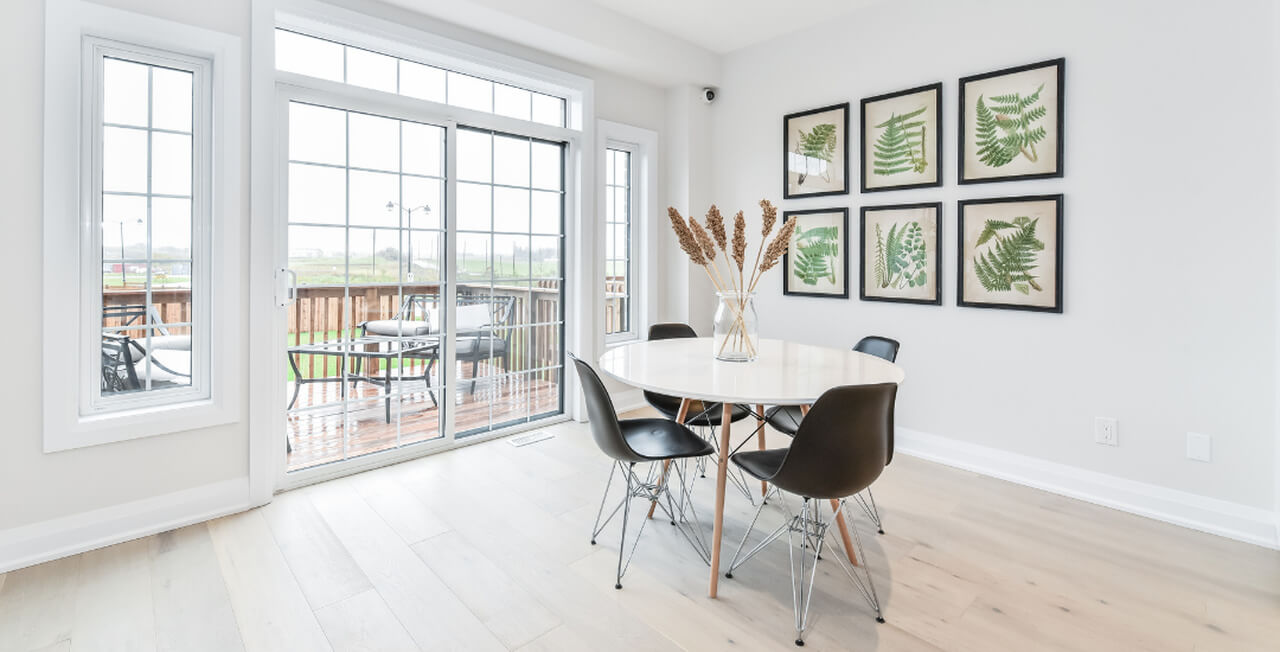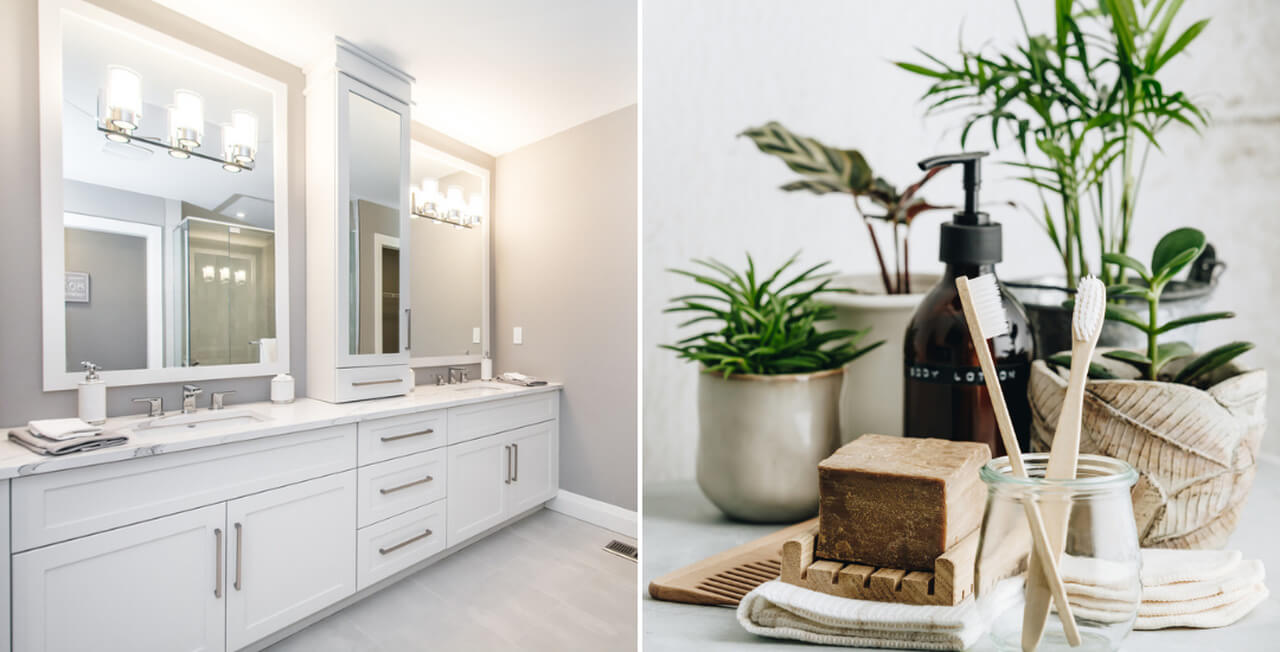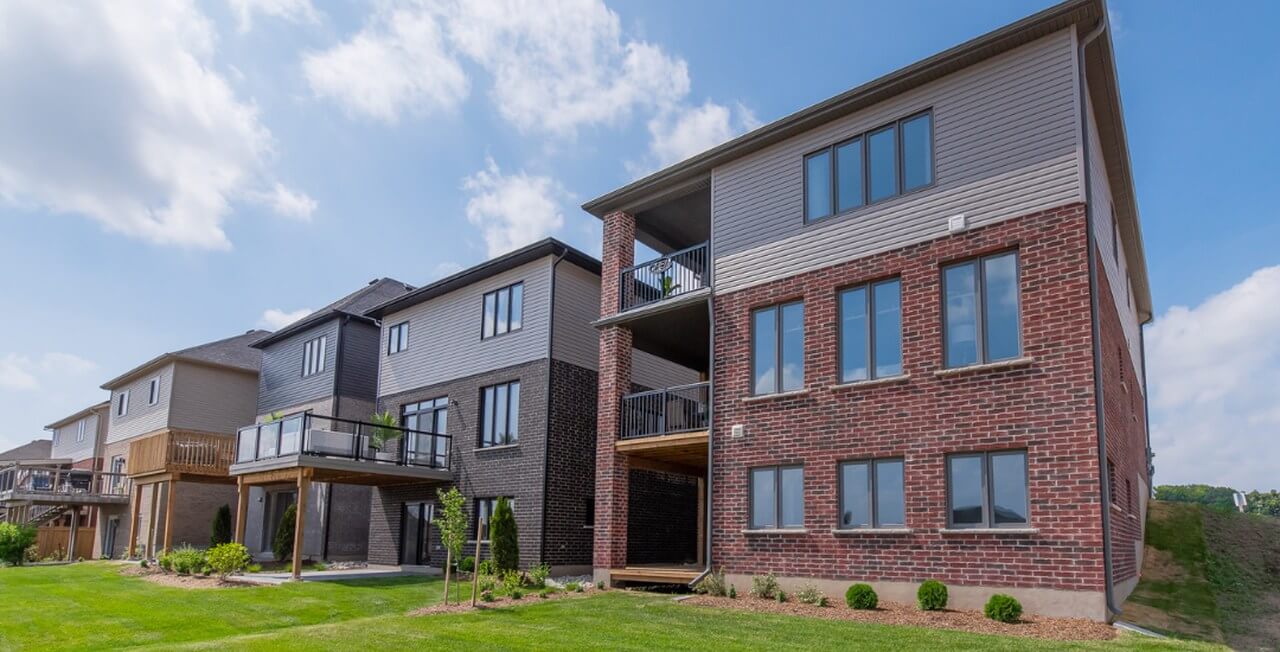BY AISLING DENNETT, PROGRAM DIVISION MANAGER AT SUSTAINABLE WATERLOO REGION
Did you know that even the most sustainably designed buildings still rely on the people in them to reach their full potential? How we interact with the spaces we live and work in can be the difference between whether they are expanding our local carbon footprint or reducing it.
As we celebrate Earth Day, this is a perfect opportunity to look around our homes and reflect on how we use our spaces. Whether it is our everyday habits, the changes we make with each new season, or how we work from home, there are opportunities everywhere to reduce our impact through the choices we make.
If you need inspiration, here are a few sustainable behaviours and activities that you can do from the comfort of your own home year-round!
Around the House
- Maximize daylight where you can with open or light-coloured window coverings. Natural light is not only more beautiful, it’s free.
- Heating and cooling can equal almost half of your energy costs, but you can save up to 3% for each degree the thermostat is raised in the summer and lowered in the winter. Instead of having the air around you constantly adjusted, meet the thermostat halfway, dress for the season and get moving to warm up!
- Drawn window coverings, or window awnings and deciduous trees (like maples!), around your home are a great way to provide shade and keep solar energy from heating your home in the summer – and will ultimately lower air conditioning costs!
- In colder weather, open window coverings enhance your home’s greenhouse effect to reduce heating costs.
- In any season, a ceiling or room fan can help with extra air circulation.
Kitchen
- By eating just one plant-based meal a day for a year, you’ll save the water equivalent to almost 11,400 showers and the pollution equivalent to driving almost 5,000 kilometers!
- You don’t have to change the way you cook or learn new recipes either, it can be as simple as a substitution in your normal baking and cooking.
- Before you compost it, try to use it. You may discard stems or seeds out of habit, but they can actually be used to improve flavour! How you store and preserve food can also go long way; here are some tips to get you started.
- Take your grocery list off repeat…when you run out of a product, do a quick search to see if there is a more sustainable replacement, like reusable zippered baggies.
- Affordable and readily available kitchen supplies like beeswax wraps, silicone bags, and reusable cloths make it easy to say goodbye to plastic wrap, plastic sandwich bags, plastic containers and paper towels.
Bathroom
- An average shower uses about 10 litres of water per minute. If you shorten your shower by two minutes, you can cut your water usage by about 20 litres! Think, an entire 5 gallon water jug just by slightly reducing your shower time.
- Did you know that every plastic toothbrush ever made still exists? Well, every piece of plastic, in fact. Dental hygiene routines generally involve a lot of plastic and packaging, but they don’t have to! There are some exciting products available to help you make sure you aren’t adding to this pile, more than necessary.
- Make the switch from a disposable razor to a safety razor! Multi-blade cartridge razors are the most wasteful products that we use in our bathrooms with over two billion razors ending up in landfills each year. With a safety razor, the handle itself is built to last a lifetime and only the razor blades need to be replaced.
Home Office
- Before you print, think about if you need to! Reading printed documents may be a familiar habit, but if you can shift to reviewing them on the screen you will save yourself from piles of dusty paper!
- If you are tired of Zoom calls, try to put in place walk-and-talk meetings at your workplace. Let your co-workers know that, for certain meetings, you will be on the move. Save the energy of a video call on a laptop, get your steps in and feel the calming effects of nature!
- Beware of phantom electrical loads! These can be generated from anything plugged into a receptacle even when switched off: computers, monitors, speakers, printers, chargers, and appliances.
- A fully charged cell phone plugged into the wall is consuming about 60% of the power it consumed while charging; for a charged laptop, it’s even higher at 66%.
- Wherever you are working, unplug devices, switch off lights and try timers or “smart” power strips to stop drawing power when plugged-in devices are switched off. There are even smart chargers available that only draw power when a device or battery is attached.
Outdoor Space
- Check before you recycle! Download the Region’s Waste Whiz app to look up any item and whether it can go in your blue bins.
- Make sure to clean the blue bin items before you sort them. If items aren’t sorted or cleaned properly, they can contaminate the waste stream and end up in the landfill.
- If you have space, instead of just putting all of your compost in your green bin, try experimenting by making your own compost for the garden!
- Evaluate the lawn care and driveway maintenance equipment you need and see if there are electric, manual or more efficient models. There may be a slightly larger investment of either money or labour, but it also has a large impact on greenhouse gas emissions and your own air quality by reducing harmful pollutants.
- Install your own rain barrel at home – it can be connected right to your downspout. You can use this reserved water for your garden and lawn during the dry summer months.
- Reduce your water footprint even further by using water-wise ground cover plants instead of grass on your lawn.
 By Aisling Dennett
By Aisling Dennett
Program Division Manager, Sustainable Waterloo Region
Aisling Dennett is the Programs Division & Culture of Sustainability Manager for Sustainable Waterloo Region. The Culture of Sustainability program is unique to Canada’s first Zero Carbon Building, Waterloo’s own evolv1. This program seeks to leverage the opportunity this innovative building provides, and create a community that has sustainability embedded in its identity. Learn more on their website, or follow them on Instagram.





